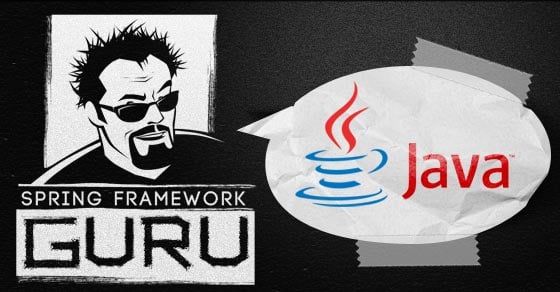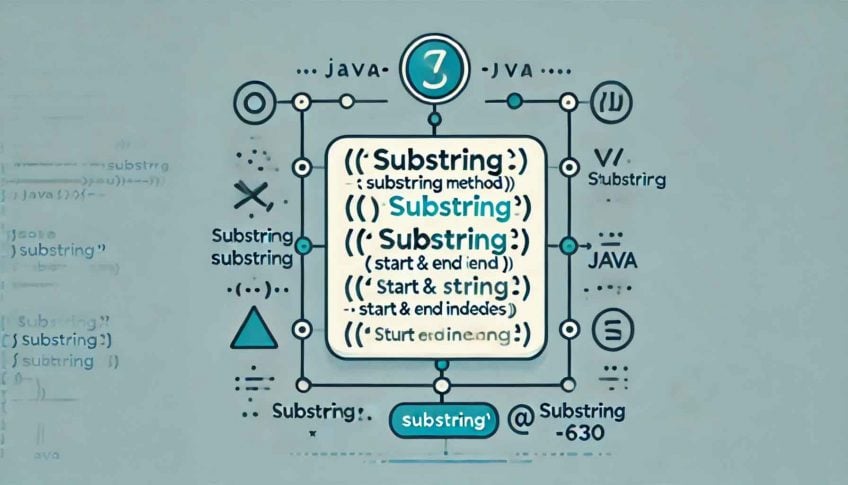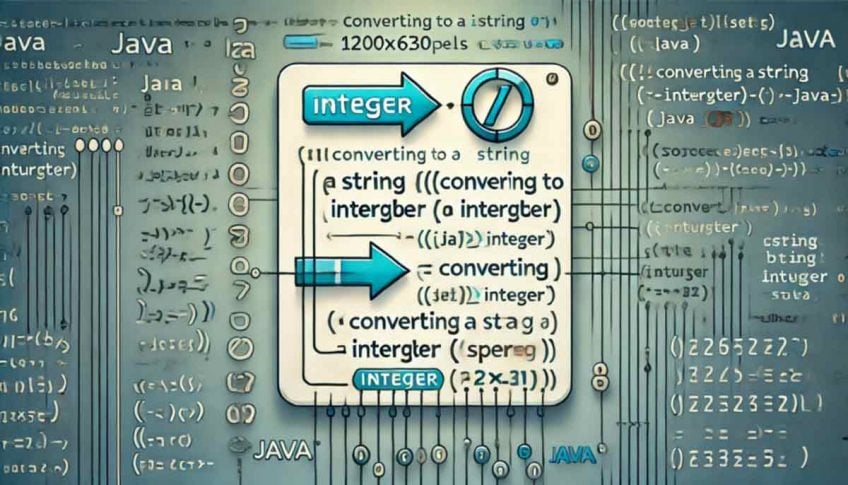How To – Structured Logging with Spring Boot
Support for Structured Logging is a new Spring Boot feature introduced with the Spring Boot 3.4.0 release. Structured Logging is fairly common to use in distributed environments where you are using some type of consolidated logging. Typically, you will use a JSON log format to allow for easy consolidated log searches with indexing tools such […]Continue reading









